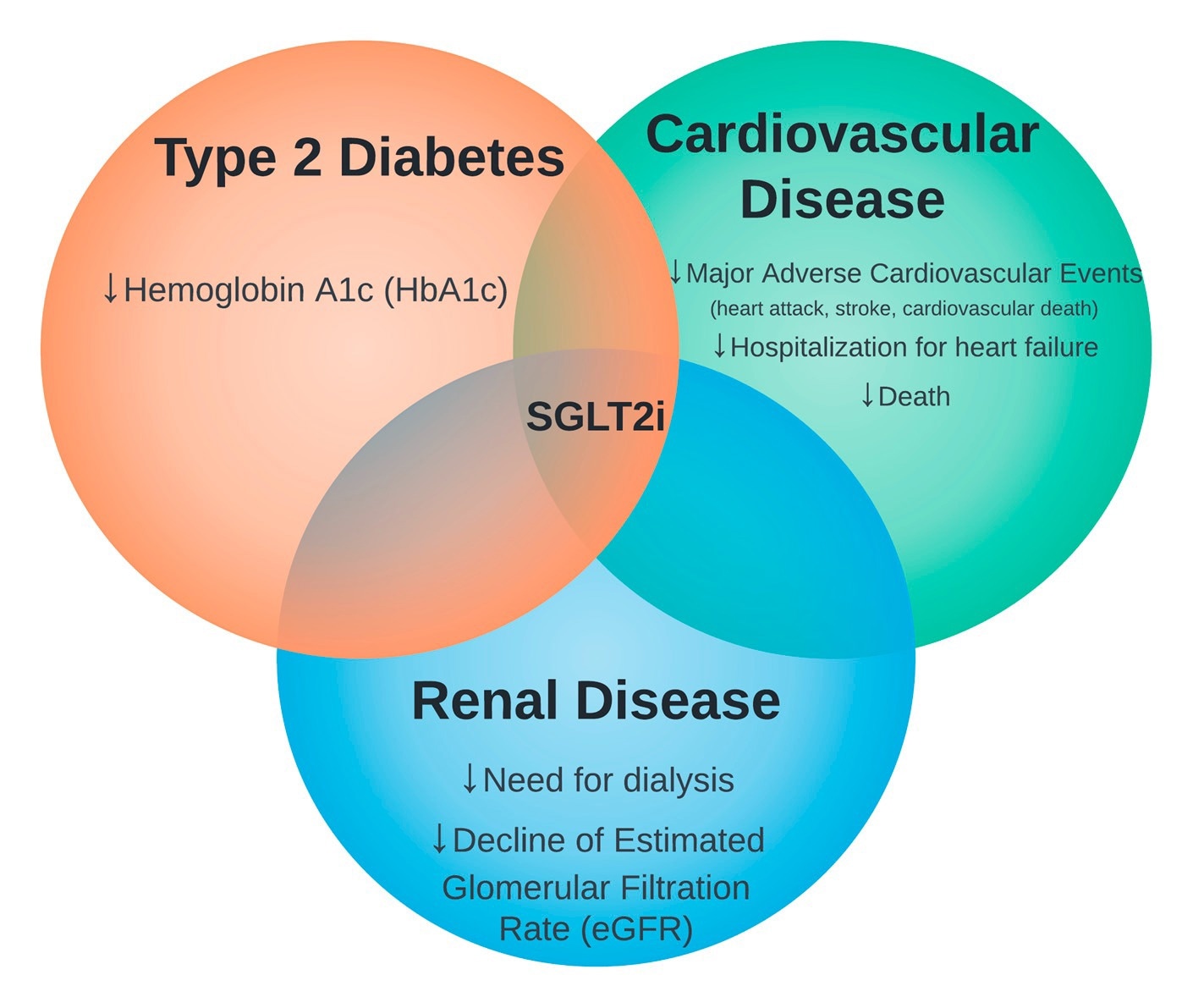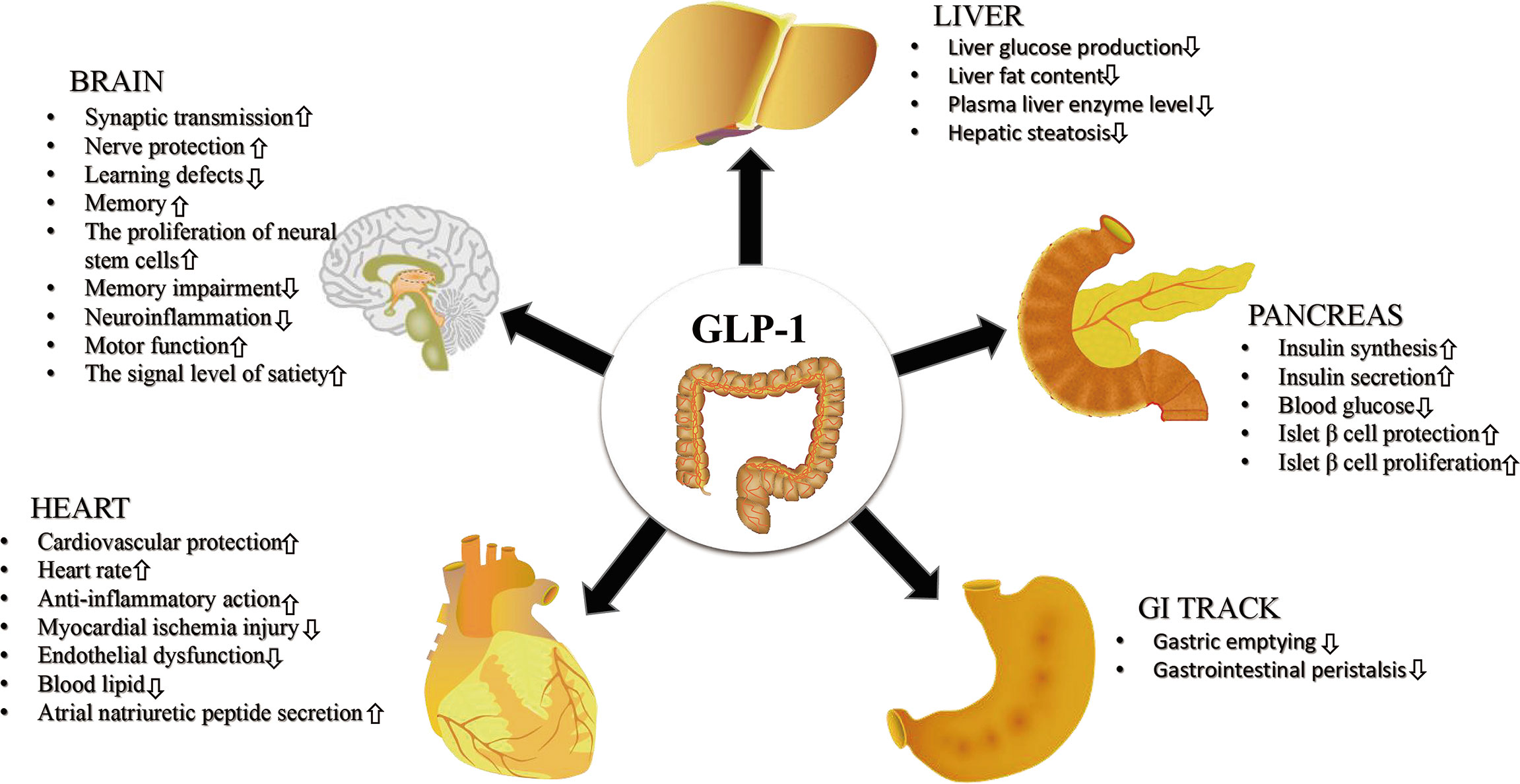Understanding the Different Types of Diabetes Medications
Diabetes is a prevalent chronic condition that impacts a significant number of individuals globally. It arises from the body’s inability to effectively regulate blood sugar levels, leading to persistent imbalances in glucose control. There are several types of diabetes medications available to help manage this condition. In this article, we will explore the different categories of diabetes medications, their mechanisms of action, and how they can be beneficial in controlling diabetes.
Blood Sugar Optimization Exposed
Table of Contents
- Introduction
- Insulin Therapy
- Rapid-Acting Insulin
- Short-Acting Insulin
- Intermediate-Acting Insulin
- Long-Acting Insulin
- Premixed Insulin
- Oral Medications
- Metformin
- Sulfonylureas
- Meglitinides
- Thiazolidinediones
- DPP-4 Inhibitors
- SGLT2 Inhibitors
- GLP-1 Receptor Agonists
- Injectable Medications
- Amylin Mimetics
- Pramlintide
- Conclusion
- FAQs
1. Introduction
Diabetes is a metabolic disorder marked by higher-than-normal levels of sugar in the bloodstream. This condition arises due to the body’s inability to properly utilize or produce insulin, a hormone responsible for regulating blood sugar levels. As a result, individuals with diabetes experience persistent hyperglycemia, which can have detrimental effects on their overall health and well-being. It can be classified into different types, including type 1 diabetes, type 2 diabetes, gestational diabetes, and others. While the causes and treatment approaches may vary, the primary goal of diabetes management is to maintain blood sugar levels within a target range.
2. Insulin Therapy

Insulin therapy is a cornerstone in the treatment of diabetes, particularly for individuals with type 1 diabetes and some with type 2 diabetes. Insulin, a vital hormone synthesized by the pancreas, plays a crucial role in maintaining the balance of glucose in the bloodstream. This remarkable hormone facilitates the regulation of blood sugar levels, allowing cells in the body to effectively absorb and utilize glucose for energy. Without insulin, the delicate equilibrium of blood sugar control would be disrupted, leading to significant complications in the body’s metabolic processes. There are several types of insulin available, each with a different duration of action.
2.1 Rapid-Acting Insulin
Rapid-acting insulin, also known as mealtime insulin, is designed to mimic the insulin response that occurs after meals. It starts working within 15 minutes of injection and reaches its peak effect in about an hour. This type of insulin is commonly used to control post-meal blood sugar spikes.
2.2 Short-Acting Insulin
Short-acting insulin, also referred to as regular insulin, takes effect within 30 minutes of injection and reaches its peak activity in two to three hours. It is commonly used to manage blood sugar levels between meals and during the night.
2.3 Intermediate-Acting Insulin
Intermediate-acting insulin has a slower onset of action compared to rapid-acting and short-acting insulin. It takes effect within one to three hours and typically lasts for about 12 to 16 hours. This type of insulin is often used to control blood sugar levels throughout the day and night.
2.4 Long-Acting Insulin
Long-acting insulin, also known as basal insulin, provides a steady release of insulin over an extended period. It has a slow onset of action and can last for up to 24 hours or more. Long-acting insulin helps maintain basal insulin levels between meals and overnight.
2.5 Premixed Insulin
Premixed insulin is a specialized formulation that combines both rapid- or short-acting insulin and intermediate-acting insulin. This unique combination provides individuals with diabetes a convenient option for managing their blood sugar levels effectively. By incorporating both types of insulin, premixed insulin offers a balanced approach to glucose control, addressing both immediate and sustained blood sugar regulation needs. This makes it a valuable tool in the treatment and management of diabetes. It is designed to provide both basal and prandial (mealtime) insulin coverage. Premixed insulin can be beneficial for individuals who prefer a simplified insulin regimen.
3. Oral Medications

In addition to insulin therapy, there are various oral medications available for the management of type 2 diabetes. These medications employ diverse mechanisms to assist in regulating blood sugar levels effectively. By utilizing distinct pathways within the body, these treatments offer a range of approaches to achieve glycemic control. Through their varied modes of action, these medications play a pivotal role in managing and maintaining optimal blood glucose levels, thereby supporting individuals with diabetes in their quest for improved health and well-being.
you can also used Blood Sugar Optimization Exposed
3.1 Metformin

Metformin is a commonly prescribed oral medication for type 2 diabetes. Its mechanism of action involves diminishing glucose synthesis in the liver and enhancing insulin sensitivity throughout the body. By curbing the liver’s glucose production and bolstering the body’s response to insulin, it effectively aids in the regulation of blood sugar levels. This dual approach addresses key factors contributing to hyperglycemia, making it an essential component in the management of diabetes. Metformin is often the first-line treatment for type 2 diabetes and may be used alone or in combination with other medications.
3.2 Sulfonylureas

Sulfonylureas stimulate the pancreas to produce more insulin. They are effective in lowering blood sugar levels but can increase the risk of hypoglycemia (low blood sugar). Commonly prescribed sulfonylureas include glipizide, glyburide, and glimepiride.
3.3 Meglitinides

Meglitinides stimulate insulin secretion from the pancreas in a rapid and short-lasting manner. They are taken before each meal to help control blood sugar levels after eating. Repaglinide and nateglinide belong to the class of medications known as meglitinides. These drugs serve as prime examples of this specific category. Meglitinides work by stimulating the release of insulin from the pancreas, assisting in the regulation of blood sugar levels. By promoting insulin secretion, these medications play a vital role in managing diabetes and achieving glycemic control.
3.4 Thiazolidinediones

Thiazolidinediones, also known as TZDs or glitazones, work by improving insulin sensitivity in the body. They help the cells in the body effectively use insulin to lower blood sugar levels. Rosiglitazone and pioglitazone are examples of thiazolidinediones.
3.5 DPP-4 Inhibitors

DPP-4 inhibitors prevent the breakdown of incretin hormones, which play a role in regulating blood sugar levels. By inhibiting the enzyme DPP-4, these medications increase insulin release and decrease glucagon secretion. Sitagliptin, saxagliptin, and linagliptin are common DPP-4 inhibitors.
3.6 SGLT2 Inhibitors

SGLT2 inhibitors work by blocking the reabsorption of glucose by the kidneys, leading to increased urinary excretion of glucose. This mechanism helps lower blood sugar levels. Canagliflozin, dapagliflozin, and empagliflozin are examples of SGLT2 inhibitors.
3.7 GLP-1 Receptor Agonists

GLP-1 receptor agonists stimulate the release of insulin, suppress glucagon secretion, slow gastric emptying, and promote satiety. They are administered via injection and can be used as an add-on therapy to other diabetes medications. Examples of GLP-1 receptor agonists include exenatide, liraglutide, and dulaglutide.
4. Injectable Medications
In addition to insulin, there is one injectable medication available for diabetes management.
4.1 Amylin Mimetics

Amylin mimetics, such as pramlintide, mimic the effects of amylin, a hormone produced by the pancreas. They help regulate blood sugar levels by slowing gastric emptying, reducing post-meal glucose spikes, and promoting satiety. Pramlintide is typically used in combination with insulin therapy.
5. Conclusion
Diabetes medications play a crucial role in managing blood sugar levels and preventing complications associated with the condition. From insulin therapy to oral and injectable medications, there are various options available to meet individual needs. It is essential to work closely with healthcare professionals to determine the most suitable medication regimen for effective diabetes management.
FAQs
-
Can I stop taking diabetes medications if my blood sugar levels are under control?
- It is important to consult with your healthcare provider before making any changes to your medication regimen. Stopping medications abruptly can lead to uncontrolled blood sugar levels.
-
Are diabetes medications safe to use during pregnancy?
- The safety of diabetes medications during pregnancy varies. It is crucial to discuss with your healthcare provider to ensure the well-being of both the mother and the baby.
-
Can diabetes medications cause weight gain?
- Some diabetes medications, such as sulfonylureas and thiazolidinediones, may contribute to weight gain. However, there are also medications, like GLP-1 receptor agonists, that can help with weight management.
-
Are there any natural alternatives to diabetes medications?
- While lifestyle modifications, such as a healthy diet and regular exercise, are important in diabetes management, they may not replace the need for medications. It is essential to work with healthcare professionals to develop a comprehensive treatment plan.
-
How often should I monitor my blood sugar levels while on diabetes medications?
- The frequency of blood sugar monitoring may vary based on individual circumstances and treatment plans. Your healthcare provider will guide you on how often to check your blood sugar levels.






 Viesearch - The Human-curated Search Engine
Viesearch - The Human-curated Search Engine

2 Comments